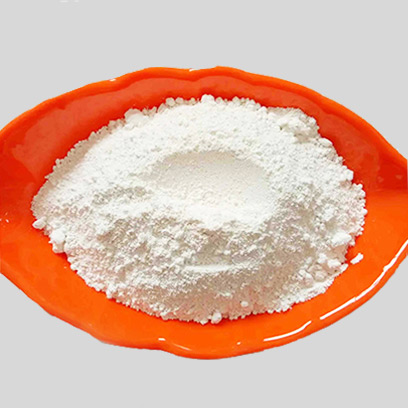
Des . 18, 2024 11:42 Back to list
is titanium dioxide natural or synthetic
Is Titanium Dioxide Natural or Synthetic?
Titanium dioxide (TiO2) is a widely used compound with a variety of applications, ranging from pigments in paints and coatings to additives in food, cosmetics, and pharmaceuticals. One of the questions that often arises about this versatile compound is whether it is natural or synthetic. To answer this question, we must delve into the origins and production methods of titanium dioxide.
Titanium dioxide naturally occurs in the earth's crust in various mineral forms, primarily as rutile, anatase, and brookite. These minerals are found in sands and rocks that are mined for their titanium content. The natural form of titanium dioxide is an essential component of various geological formations and is often studied for its role in the environment. However, while natural titanium dioxide exists, its use as an industrial raw material is limited due to impurities and the difficulty of extracting it in pure form.
To utilize titanium dioxide effectively in industrial applications, a synthetic form is typically produced
. The synthetic production process of titanium dioxide generally involves two primary methods the sulfate process and the chloride process.In the sulfate process, ilmenite ore (a naturally occurring source of titanium) is treated with sulfuric acid, resulting in a slurry from which titanium sulfate is formed. This compound is further processed to yield titanium dioxide, often requiring several purification steps to attain the desired levels of purity and particle size.
is titanium dioxide natural or synthetic

The chloride process, on the other hand, is considered more efficient and environmentally friendly. In this method, high-purity titanium minerals like rutile are reacted with chlorine at high temperatures to produce titanium tetrachloride (TiCl4). The TiCl4 is then oxidized to form titanium dioxide. This method typically produces higher-purity titanium dioxide and requires fewer steps compared to the sulfate process.
The synthetic titanium dioxide obtained through these processes often exhibits superior qualities such as stability, dispersibility, and opacity. This makes it an ideal choice for commercial applications, particularly as a white pigment in paints, coatings, plastics, and inks. Its excellent light-scattering properties contribute to the brightness and opacity desired in these products.
While natural titanium dioxide can be found in products such as mineral-based sunblocks, where it is valued for its UV filtering capabilities, synthetic titanium dioxide dominates the market due to its manufacturing flexibility and performance. Moreover, concerns regarding impurities in natural sources make synthetic options more appealing for products requiring high safety and efficacy standards.
In recent years, there has been an increasing demand for transparency about the sources of ingredients used in consumer products. As a result, discussions around the distinction between natural and synthetic titanium dioxide are becoming more prevalent. Consumers often seek to understand the origins of the products they use, and as such, companies are more explicitly labeling their products to address these concerns.
In conclusion, titanium dioxide exists both as a natural mineral and as a synthetic compound. While natural forms of titanium dioxide can be found in nature, the synthetic forms produced through industrial processes are what dominate current applications due to their higher purity and performance characteristics. Understanding the difference between these forms helps consumers make informed choices about the products they use in their daily lives, balancing the benefits of safety, efficacy, and environmental impact.
-
China Lithopone in China Supplier – High Quality Lithopone ZnS 30% Powder for Wholesale
NewsJun.10,2025
-
Top China Titanium Dioxide Company – Premium TiO2 Powder Supplier & Manufacturer
NewsJun.10,2025
-
Fast Shipping 99% Pure TiO2 Powder CAS 13463-67-7 Bulk Wholesale
NewsJun.10,2025
-
Top China Titanium Dioxide Manufacturers High-Purity R996 & Anatase
NewsJun.10,2025
-
Lithopone MSDS Factories - Production & Quotes
NewsJun.10,2025
-
High-Quality Titanium Dioxide in Water Suppliers - China Expertise 60
NewsJun.09,2025
